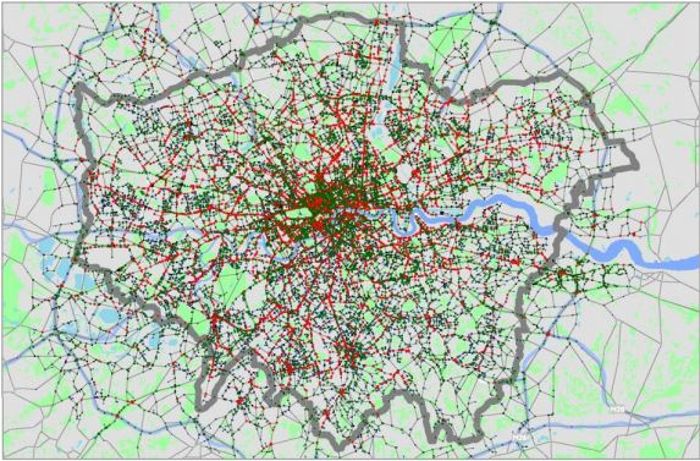At this week’s Traffex show in Birmingham, UK, Spain-based transportation software developer Aimsun unveiled a major new agreement with Transport for London (TfL) to convert the London One Model into the company’s Next traffic modeling software.
Now owned by Siemens, Aimsun has a long working history with TfL and will provide the software and services for an integrated, multi-level platform for modelling the city’s transport. The idea is not only to consolidate existing models, with all the efficiency, consistency and cost reduction that this implies, but also to update the model and enrich simulation knowledge through enhanced time segments. Using the dynamic model as a starting point, TfL can take a coordinated approach to scheme evaluation, road works and traffic management.
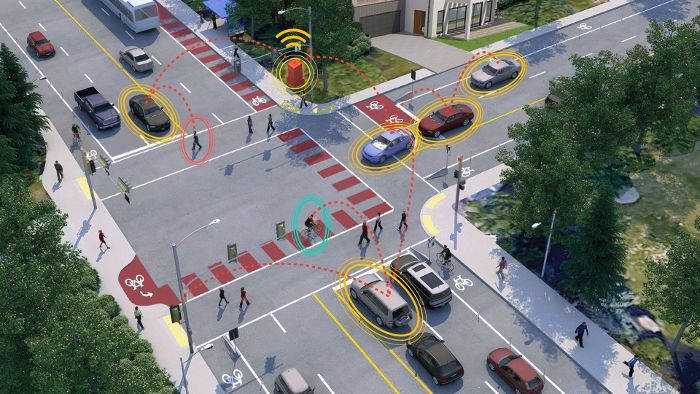 Working collaboratively with the TfL Strategic and Surface Modelling teams, Aimsun will deliver an integrated large-scale static (macroscopic) model and a large-scale dynamic (mesoscopic) model that cover the whole of Greater London out to the M25 Orbital Motorway perimeter.
Working collaboratively with the TfL Strategic and Surface Modelling teams, Aimsun will deliver an integrated large-scale static (macroscopic) model and a large-scale dynamic (mesoscopic) model that cover the whole of Greater London out to the M25 Orbital Motorway perimeter.
The One model will be updated to represent all network and Intelligent Transportation Systems (ITS) changes that have occurred since the previous model was built in 2014-5. Updates will include 1,500 annual signal timing reviews, inclusion of all the current Cycle Superhighways, the Low Emission Zone (LEZ) and the new Ultra Low Emission Zone (ULEZ), and data from the EDMOND project (Estimating Demand from Mobile Network Data).
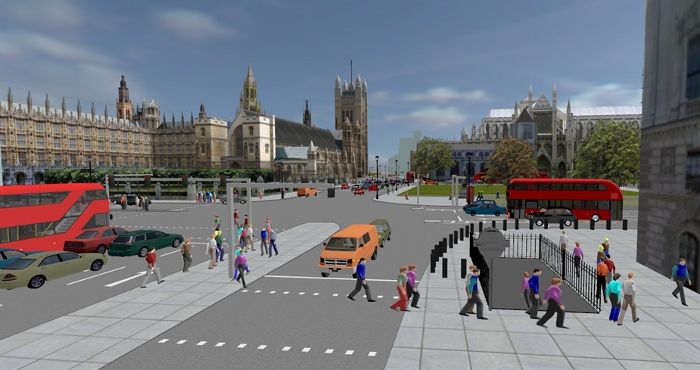
“We are excited to collaborate with the TfL Modelling team to deliver the next level of modelling tools for the UK’s capital,” commented Gav Jackman, managing director of Aimsun Ltd. “London is the only megacity in Europe, so the fact that our Next platform has been chosen for this project is very significant for us. We expect the delivered model and tools to bring major improvements in efficiency and process to TfL for many years to come.”
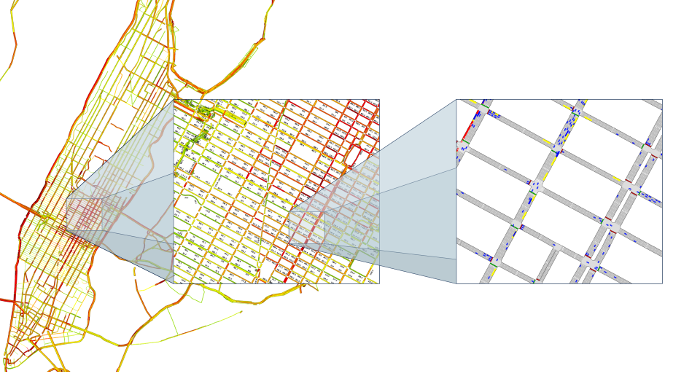
Aimsun’s Next software platform allows users to model transportation networks, both small and large, from a single intersection to an entire region. The Next software can be used to build a digital twin of a city or highway, then simulate the trips that people want to make, and match them with all the available transportation options, such as taxis, buses, car-shares, bikes or even walking. It allows cities or agencies to carry out traffic operations assessments of any scale and complexity. Common applications include:
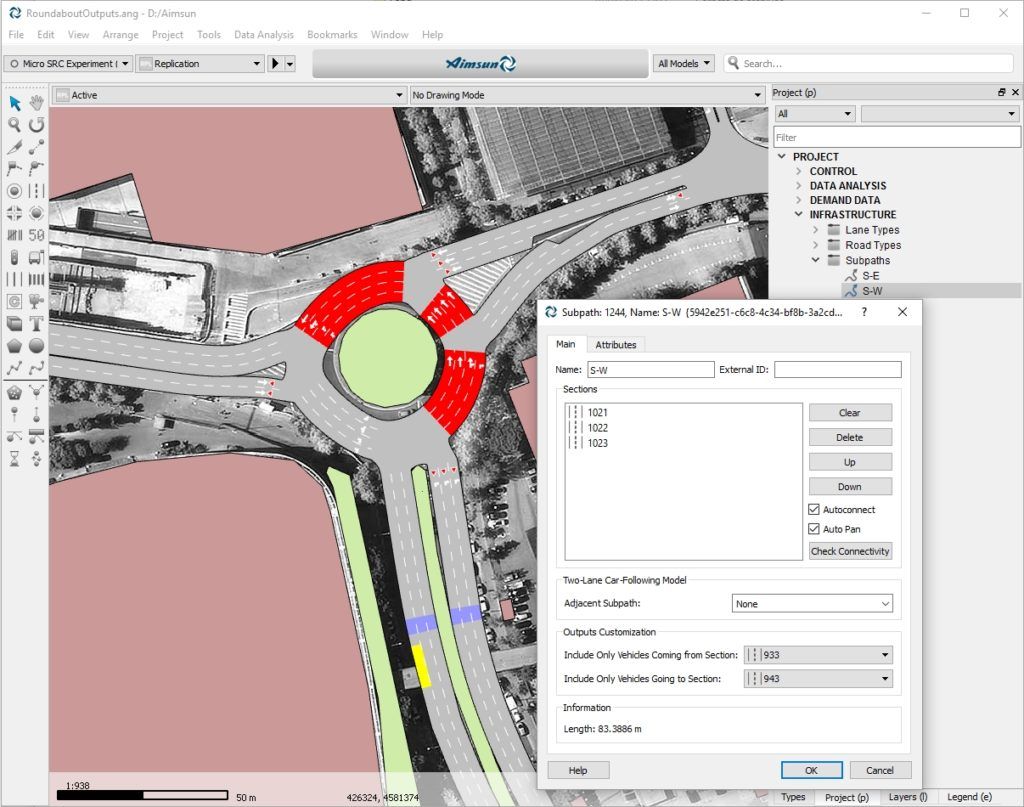
Assessment and optimization of Transit Signal Priority (TSP), Emergency Vehicle Preemption (EVP) and Bus Rapid Transit (BRT) schemes;
Feasibility studies for High Occupancy Vehicle (HOV) and High Occupancy Toll (HOT) lanes;
Impact analysis of infrastructure design, such as highway corridor improvement/construction;
Environmental impact analysis;
Toll and road pricing;
Evaluation of travel demand management (TDM) strategies;
Signal control plan optimization and adaptive control evaluation;
Safety analysis;
Evaluation of Variable Speed policies and other ITS schemes;
Highway Capacity Manual (HCM) analysis;
Clean air or work zone management.
Aimsun has recently released the latest 8.4 version of Next in public beta mode that has a special focus on enhancements for modeling for connected and autonomous vehicles (CAV), including vehicle-to-everything (V2X) communications.
